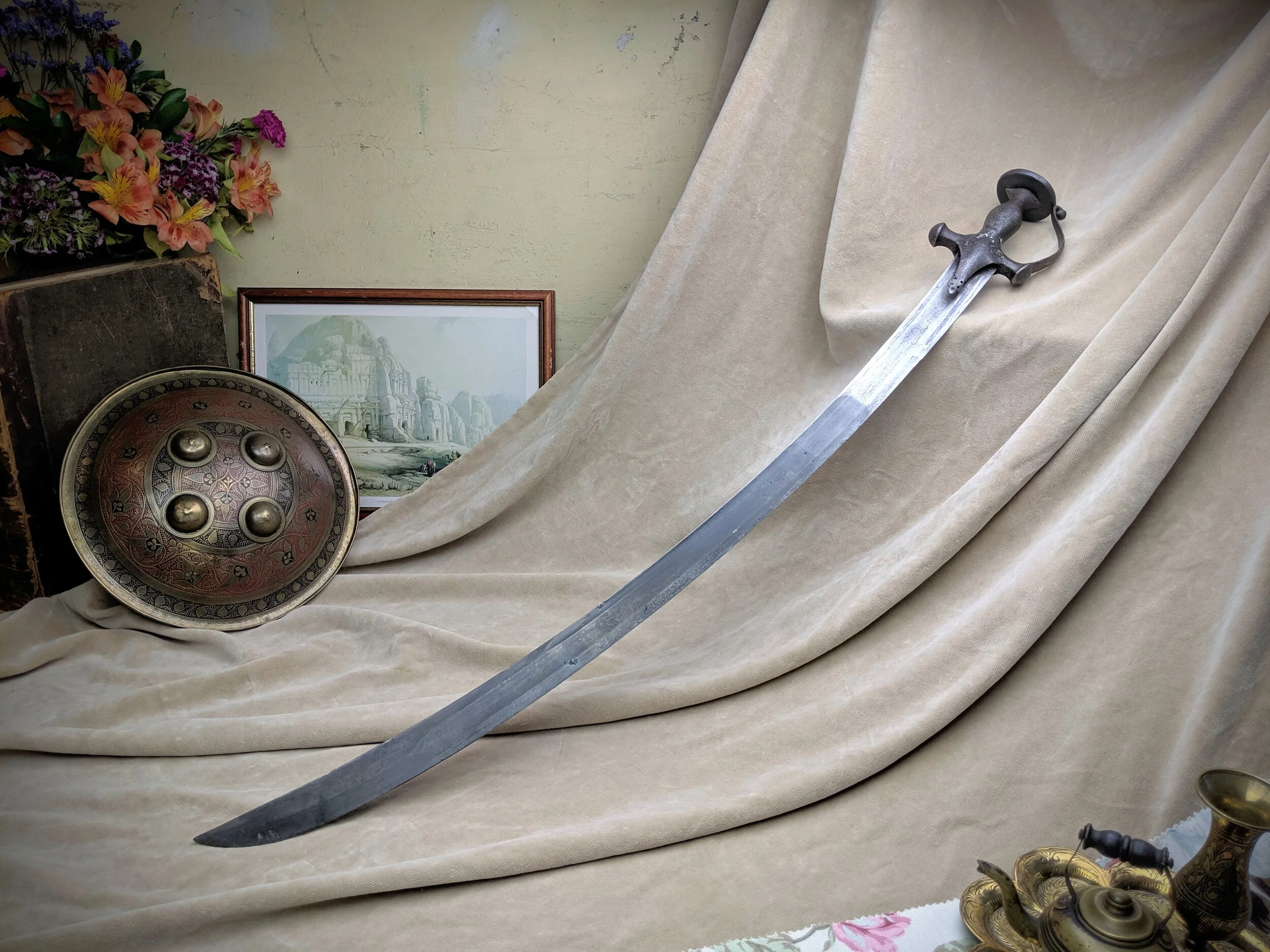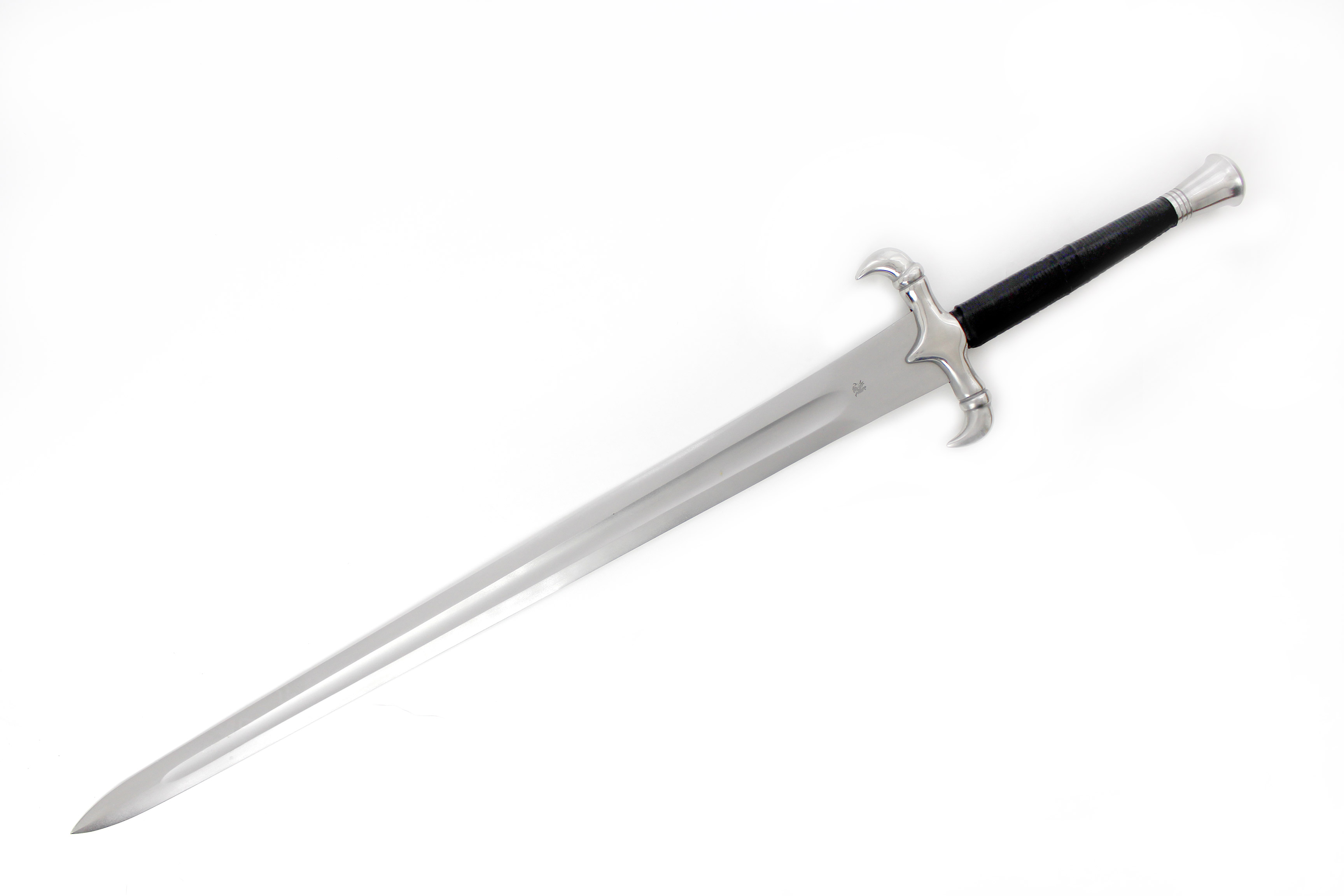Definition and History of Swords

Sword definition – The word “sword” originates from the Old English term “sweord,” which has Germanic roots. It is a bladed weapon designed for cutting or thrusting, typically consisting of a long, straight blade attached to a hilt.
A sword, a weapon of great renown, its blade gleaming in the sun. But it is not just a tool of war, for its history and symbolism weave a rich tapestry. From ancient tales to modern interpretations, the sword has become an emblem of power, honor, and even spirituality.
As we delve deeper into the intricate world of sword definitions, we find ourselves drawn to the nyt connections that reveal the sword’s enduring significance in human history and culture.
Throughout history, swords have played a pivotal role in warfare, hunting, and ceremonial rituals. From the Bronze Age to the present day, they have evolved in design and purpose, reflecting technological advancements and cultural influences.
A sword is a cutting or thrusting weapon with a long, straight blade and a hilt. Swords have been used for centuries by people of all cultures, and they remain an important part of military and ceremonial traditions around the world.
The nyt connections website has a wealth of information on swords, including their history, design, and use. Swords are fascinating weapons with a rich history, and the nyt connections website is a great resource for anyone who wants to learn more about them.
Etymology
- Old English: sweord
- Germanic: swerd
- Proto-Indo-European: *ḱerd- (“to cut”)
Essential Characteristics
- Long, straight blade
- Sharpened edge(s)
- Hilt for gripping
- Designed for cutting or thrusting
Historical Evolution
Swords have undergone significant changes over the centuries:
- Bronze Age: Short, leaf-shaped swords with copper or bronze blades
- Iron Age: Longer, double-edged swords made of iron
- Medieval Period: Development of specialized swords for different purposes, such as the longsword and rapier
- Modern Era: Introduction of firearms led to the decline of swords in warfare, but they continue to be used for ceremonial and collectible purposes
Types and Classifications of Swords: Sword Definition
Swords, throughout history, have been meticulously crafted and wielded by warriors, knights, and duelists. Their designs have evolved to meet specific combat needs and cultural preferences, resulting in a vast array of sword types, each with its unique characteristics.
Blade Shape and Length
The shape and length of a sword’s blade determine its primary use. Longer blades, such as those found on longswords and katanas, provide greater reach and momentum, while shorter blades, like those on rapiers and daggers, offer precision and maneuverability.
Longswords, with their double-edged, straight blades, were the preferred weapons of medieval knights, offering a versatile combination of cutting and thrusting capabilities. Broadswords, on the other hand, featured wider, single-edged blades, designed for delivering powerful blows in close-quarters combat.
Purpose and Use
The intended purpose of a sword also influences its design. Rapiers, with their slender, pointed blades, were favored by duelists for their precision and speed in thrusting attacks. Katanas, the iconic swords of samurai warriors, were meticulously crafted with curved, single-edged blades, renowned for their sharpness and cutting prowess.
Daggers, with their compact size and concealed nature, served as secondary weapons or tools for close-quarters combat and self-defense. Their versatility extended beyond combat, as they were also used for hunting and everyday tasks.
Sword Construction and Materials

The sword is an ancient and iconic weapon that has been used throughout history for combat, hunting, and ceremonial purposes. Swords are typically made of metal, with a blade that is sharpened on one or both edges. The blade is attached to a hilt, which provides a grip for the user. The hilt may also include a guard to protect the user’s hand from the blade. Swords are often stored in a scabbard, which protects the blade from damage and keeps it sharp.
The materials used in sword construction vary depending on the time period and culture in which the sword was made. In the early days of sword making, swords were made of bronze or iron. Later, steel became the preferred material for swords, as it is stronger and more durable than bronze or iron. In addition to metal, swords may also be made of wood, bone, or ivory.
The techniques and processes involved in forging and crafting swords have also changed over time. In the early days, swords were forged by hand using a hammer and anvil. Today, swords are typically made using machine tools. However, the basic principles of sword making remain the same.
Blade
The blade is the most important part of a sword. It is the part that actually does the cutting or thrusting. Blades can be made in a variety of shapes and sizes, depending on the intended use of the sword. For example, a sword designed for cutting will have a different blade shape than a sword designed for thrusting.
Blades are typically made of steel, but they can also be made of other materials, such as iron, bronze, or titanium. The type of steel used will affect the blade’s hardness, flexibility, and durability.
Hilt, Sword definition
The hilt is the part of the sword that the user grips. It is typically made of wood, bone, or metal. The hilt may also include a guard to protect the user’s hand from the blade.
The shape of the hilt will vary depending on the intended use of the sword. For example, a sword designed for one-handed use will have a different hilt shape than a sword designed for two-handed use.
Scabbard
The scabbard is the part of the sword that protects the blade from damage and keeps it sharp. Scabbards can be made of a variety of materials, such as leather, wood, or metal.
The shape of the scabbard will vary depending on the type of sword it is designed to hold. For example, a scabbard for a straight sword will be different from a scabbard for a curved sword.
A sword is a weapon with a long, sharp blade, typically made of steel. It has been used for centuries as a tool for warfare, hunting, and self-defense. In today’s world, swords are still used for ceremonial purposes and as collector’s items.
They are also featured in popular culture, such as in movies, television shows, and video games. For those interested in learning more about swords, there are many resources available online, including connections hint today , which provides information on the history, design, and use of swords.
A sword, a blade forged from iron and tempered by fire, has been a symbol of power and status since time immemorial. But in the realm of chance, where fortunes are won and lost in a spin of the slot machine , the sword takes on a new meaning.
It becomes a metaphor for the fickle nature of luck, a reminder that even the sharpest blade can be dulled by the relentless march of time and the vagaries of fate.
A sword, a timeless weapon, its sharp edge has witnessed countless battles. Its history intertwined with the rise and fall of civilizations. But beyond its physical form, the sword’s essence resonates in the realm of quantum pits , where the boundaries of reality blur and the laws of physics dance in uncertainty.
Like the shimmering blade of a sword, these pits hold the potential for both creation and destruction, a testament to the duality that lies at the heart of all existence.